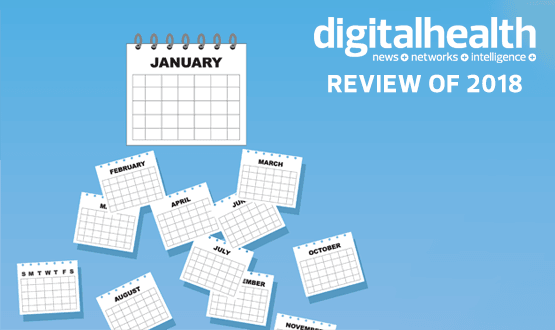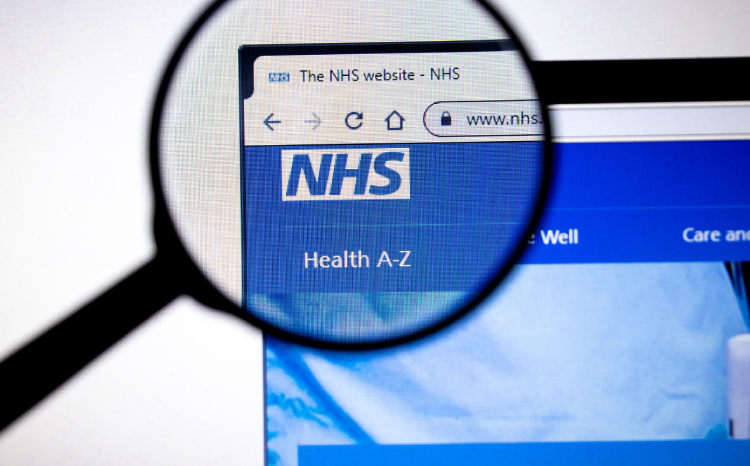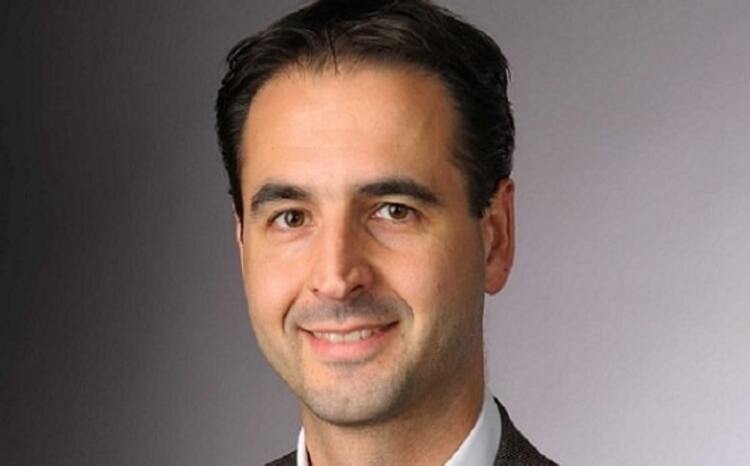Digital Health’s Review of 2018 Part One: January to June
- 27 December 2018

It’s been another bumper year for health IT, with the launch of NHS England’s LHCRE programme and a new health secretary promising to solve the interoperability puzzle – or so they claim.
Meanwhile, artificial intelligence threatens to shake up the status quo now more than ever, with some companies – including Babylon Health – proving particularly divisive.
There was also the launch of the LHCRE programme as NHS England made a concerted effort to create a national shared record agenda.
Join us as we take a retrospective look at some of the biggest stories on Digital Health in 2018 – here’s the first part which covers January to June.

It was a somewhat shaky start to the year for some, particularly for EMIS Health, which told investors it expected to be stung by a multi-million-pound penalty after failing to meet contractual obligations under its GP Systems of Choice (GPSoC) contract. Not long after, EMIS lost its preferred vendor status for GP practices in Wales.
It wasn’t just Emis who was left with a case of January blues, however: that same month, Norway’s largest health authority found itself at the receiving end of a severe cyber-attack which saw hackers target electronic patient data. There were also major IT outages in Manchester and Wales, which struck NHS organisations within 24 hours of each other.
It wasn’t all doom and gloom: January also saw NHS Digital finally green-light public cloud services for storing patient data, opening the floodgates for the technology’s adoption within the NHS.

February saw Dr Simon Eccles named the new national CCIO for the NHS, after months of speculation that he would replace outgoing CCIO, Keith McNeil.
Dr Eccles joined the post with his sights set on five key priorities for IT in the NHS, and a message for NHS Digital: Focus on the current digital agenda, and don’t get distracted by new and shiny things.
Meanwhile, NHS England released its updated digital roadmap, which included targets for the likes of Citizen ID (now NHS Login), the NHS apps library and the relaunch of the NHS website.
There was also an insightful report from the Institution of Mechanical Engineers that suggested the NHS could save billions of pounds each year by souping-up the homes of older people to keep them mobile and independent, and thus out of care homes.

Babylon stole the Digital Health headlines in March, beginning when its app was removed from the NHS apps library.
The digital health disruptor remained a contentious subject throughout the month, with protestors gathering in London to object to its NHS-facing GP at Hand service, which Fulham CCG suggested could costs upwards of £10.6 million to keep propped up.
Elsewhere, Google launched a cloud healthcare API in an effort to plug interoperability challenges in the healthcare industry, and NHS England issued bids for its LHCRE programme, offering regional collaborations the chance to receive up to £7.5m funding to champion shared care records.
Let’s not forget that March also played host to Digital Health’s highly successful Leadership Summit, which took place over the course of two days in Bristol.

Just under a year following WannaCry, the department of health and social care finally signed a deal with Microsoft that would see all NHS organisations upgraded to Windows 10, to amp up security throughout the health service.
As GDPR approached, an FOI request revealed insights into how NHS trusts were investing to prepare themselves for the new EU-wide legislation and avoid hefty fines.
At an event held in London, Lord O’Shaughnessy suggested that the UK could be a world leader in artificial intelligence and “unlock a wave of innovation in the NHS” should it find a means of tapping patient data – though stressed that building trust in the public first would be paramount.
Meanwhile, GDE trusts West Suffolk Hospital and Afzal Chaudhry and Cambridge University Hospitals pushed forward the shared record agenda after linking up their EPRs.
On the subject of EPRs, Barnsley Hospital made the surprise announcement that it was cutting its contract with Lorenzo in favour of System C.

Perhaps the most significant story in health IT in May was the naming of the first Local Health and Care Record Exemplars (LHCRE) by NHS England, with Greater Manchester, Wessex One and One London selected to put in place an shared care record backed by government funding.
As digital GP services began hotting-up in the healthtech space, NHS England asked patients and GPs for their views on online consultations, with the view to improving such services and making more of them available.
That same month, a report backed by Jeremy Hunt called for a WhatsApp-style instant messaging service for NHS clinicians.
Will Smart made the bold prediction that NHS England would have its first HIMSS Stage 7 hospital before the years end, and finally, Matthew Swindells caused a stir when he named and shamed trusts that were failing to submit referral to treatment (RTT) reports, telling them to “get to work”. Ouch.

Patients took to social media early in June to express their annoyance after the Patient Access service went down following and update, leaving them unable to log in.
Emis Health enjoyed a spot of good press after research form KLAS suggested it was the supplier most receptive to interoperability.
Meanwhile, big deals were stuck in the EPR space: Royal Devon and Exeter NHS Trust announced it would go live with Epic more than four years after selecting the US vendor as its supplier, while Countess of Chester partnered with Cerner in a mammoth 15-year deal.
Babylon also cosied up to a new bedfellow after partnering with private healthcare provider, Bupa.




